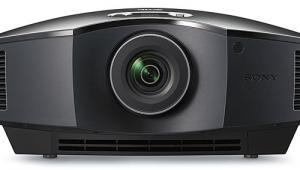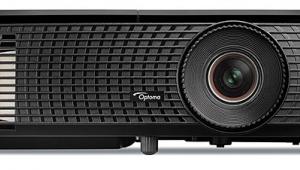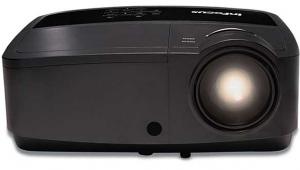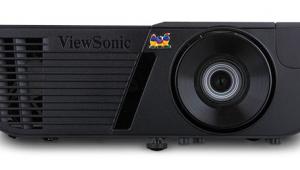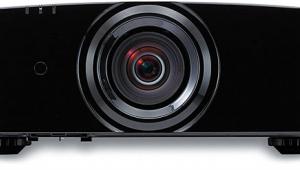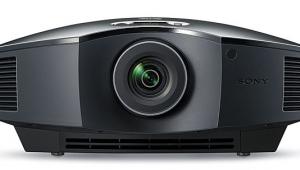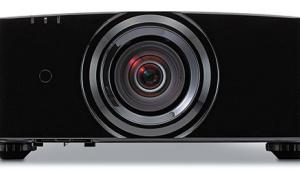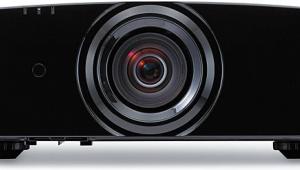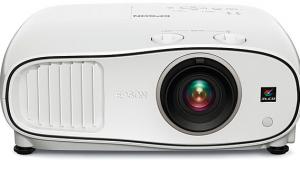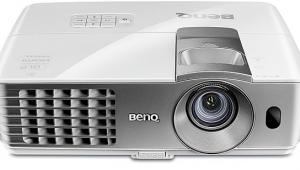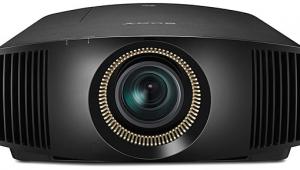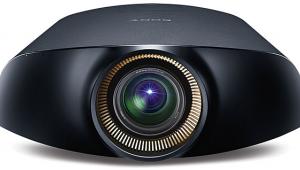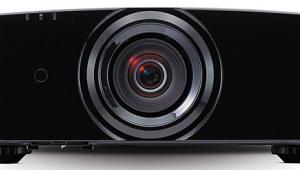Several class action suits were raised against Sony for their SXRD projection televisions from the mid-2000's. As someone who is now on their 4th optical engine (under warranty, and turned down a 5th as part of one of the suits), I can attest that Sony was challenged by this new technology.
In their release documents, did Sony address the color shift problems of the SXRD chips (turning pink or green) over time? Did they address the contamination of the optical path with particles?
I hope the answer is yes, but Home Theater never alluded to any of those documents. If they didn't address the issues that raised lawsuits in the past, why would Home Theater give a glowing review to something that has a much higher failure rate than a more conventional technology?
I purchased my SXRD set, in part, because of Home Theater's glowing review. The technology was brand new then, so it was a bit of a gamble -- and it didn't pay off. Now that there is a history of the SXRD technology weaknesses, Home Theater should have mentioned any of Sony's attempts to improve SXRD. Without even referencing the challenges that Sony previously had, the review is, at best, uniformed, and at worst, a shill for Sony. I'm hoping it is merely uniformed...






